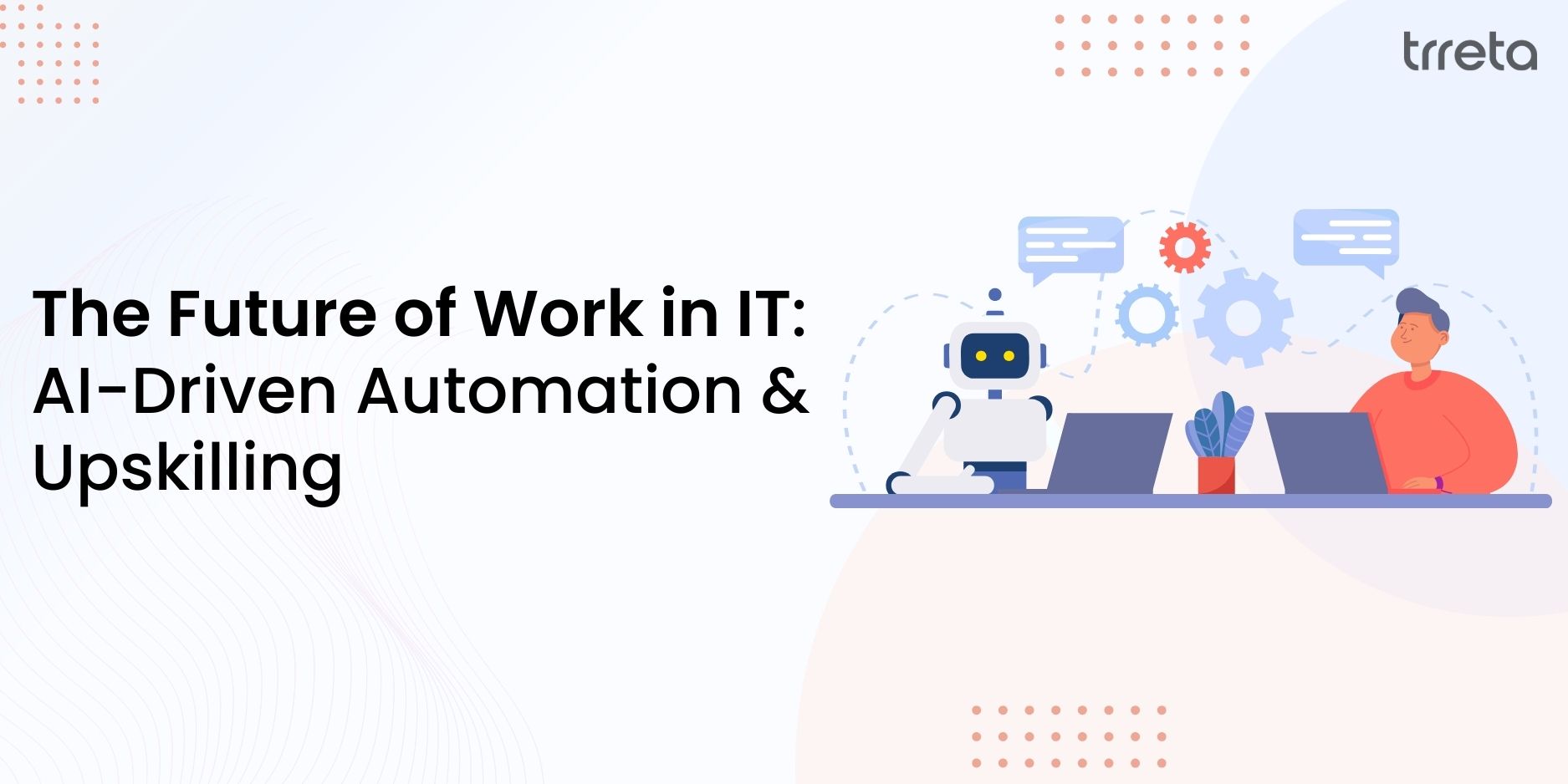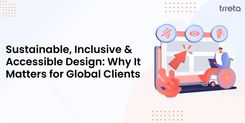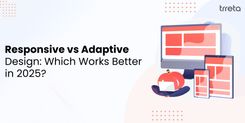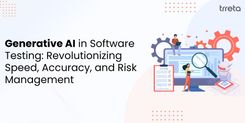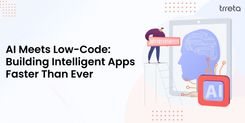The world of IT has always evolved quickly — but what’s happening now isn’t just evolution; it’s a transformation. Artificial Intelligence (AI) is no longer a futuristic buzzword. It’s actively reshaping how businesses operate, how teams collaborate, and how IT professionals must adapt to stay relevant.
Let’s break down how AI-driven automation is changing the IT landscape and why upskilling has become the new survival skill.
1. The Rise of AI-Driven Automation in IT
AI is doing what automation has always promised — but faster, smarter, and at scale. Traditional automation handled repetitive, rule-based tasks. Today’s AI-driven systems are intelligent enough to learn, adapt, and make decisions.
Here’s what this means in real terms:
- IT Operations: Predictive maintenance and anomaly detection are replacing reactive troubleshooting. Tools like AIOps platforms analyze data patterns to prevent outages before they occur.
- Software Development: AI-based coding assistants are accelerating development cycles by generating boilerplate code, suggesting solutions, and even performing automated testing.
- Cybersecurity: Machine learning models can detect threats in real time, identify vulnerabilities, and respond to attacks far faster than human analysts.
- Customer Support: Chatbots and virtual agents powered by natural language processing (NLP) are resolving user queries 24/7 with human-like accuracy.
The outcome? Higher efficiency, reduced errors, and more time for innovation. But there’s a flip side: as machines handle more of the routine work, the demand for higher-level human skills intensifies.
2. The Skills Shift: From Execution to Innovation
The IT workforce of tomorrow won’t just manage systems — it will design, train, and guide intelligent ones. That means a shift in what’s valuable.
Tasks that rely on repetition are being automated. Tasks that require creativity, critical thinking, emotional intelligence, and contextual understanding are not.
Let’s look at what this shift demands:
- AI Literacy: Understanding how AI models function, their limitations, and how they integrate with existing systems.
- Data Skills: The ability to collect, clean, and interpret data to make data-driven decisions.
- Cybersecurity Awareness: Knowing how AI can both enhance and threaten digital security.
- Soft Skills: Communication, adaptability, and collaboration are becoming as important as technical expertise.
What this really means is — IT professionals need to move from execution mode to innovation mode. You can’t just “use” the system anymore; you need to know how to train it, improve it, and ethically manage its outcomes.
3. The Human-AI Collaboration Era
Instead of viewing AI as a replacement, smart organizations are positioning it as a collaborator.
When AI takes over repetitive work, humans can focus on creativity, strategy, and problem-solving.
For example:
- Developers can use AI-generated prototypes to accelerate project kickoffs.
- Network engineers can rely on AI insights for optimizing performance.
- HR and project managers in IT firms can analyze productivity and engagement data to plan better resource allocation.
The synergy between humans and AI isn’t just increasing productivity — it’s redefining what productivity even means. Success will be measured not by how many tasks someone completes, but by the quality of innovation they contribute.
4. Upskilling: The Only Way Forward
Here’s the hard truth: technology will keep outpacing static skill sets.
So the question isn’t whether you should upskill — it’s how fast you can do it.
Key Areas to Focus On:
1. AI and Machine Learning Fundamentals – Even a surface-level understanding can help you align your work with future tech trends.
2. Cloud Computing – As AI scales, cloud infrastructure becomes the backbone for data storage and processing.
3. Automation Tools – Familiarize yourself with platforms like Jenkins, GitHub Actions, Ansible, or RPA systems.
4. Data Analytics – Learn how to extract insights that inform smarter business decisions.
5. Cybersecurity in the AI Age – Understand how automation can create both new solutions and new vulnerabilities.
Online platforms like Coursera, edX, Google AI, and Microsoft Learn offer accessible, free courses that can help professionals keep pace.
The mindset that worked five years ago — learning one framework and relying on it for a decade — no longer works. Continuous learning isn’t a career add-on anymore; it’s the foundation of career security.
5. Organizational Responsibility: Building a Learning Culture
While individuals must take ownership of their growth, organizations play an equally critical role.
IT companies that prioritize learning as a culture will thrive in the AI era.
Some proven strategies include:
- Encouraging internal training programs and certifications.
- Creating AI literacy programs across all departments, not just engineering.
- Building cross-functional teams where employees learn from each other.
- Offering mentorship for reskilling and job transitions within the company.
When employees grow, innovation compounds — and that’s what will define successful IT organizations of the next decade.
6. The Road Ahead: Human Intelligence Amplified
The future of work in IT won’t be defined by AI replacing humans, but by AI amplifying human potential.
We’ll see developers become architects of intelligent systems, analysts turn into strategists, and IT managers evolve into data-driven decision-makers.
Here’s the thing — AI will take over jobs, yes, but mostly the ones that people have outgrown. The ones that rely on creativity, judgment, empathy, and leadership will remain — and rise in value.
Conclusion
AI-driven automation isn’t the end of IT jobs; it’s the evolution of them. The tools are changing, but the core purpose remains — using technology to solve human problems.
The IT professionals who will thrive are those who see AI not as a threat but as a teacher. Those who keep learning, experimenting, and reinventing themselves will lead this new era.
The future of work in IT belongs to those who are curious enough to explore and bold enough to adapt.
